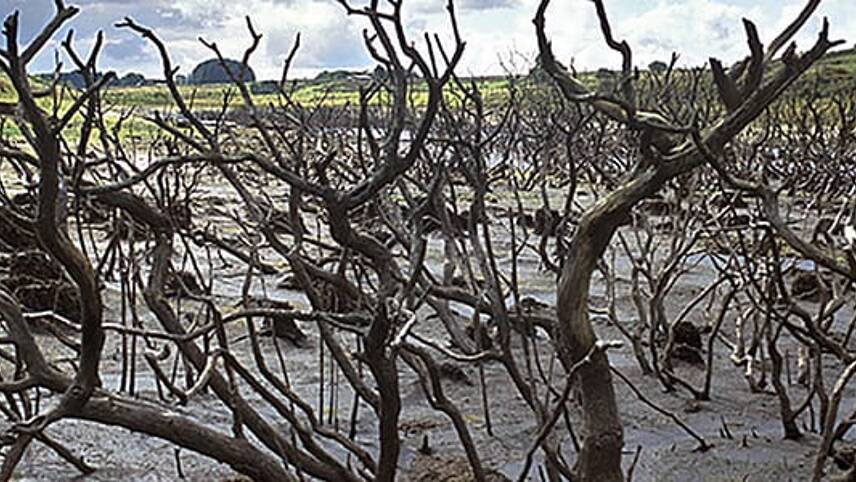Member only content free until 26/05/2024
To continue reading this article and enjoying free access to all Utility Week’s content up to the 26/05/2024 Register today!
Ready to become a member?

Reservoir levels in parts of England are 15 percentage points higher than last year with many rivers close to overflowing as the recent deluge contrasts with the driest summer since 1935.
Reservoir stocks going into July 2022 across England were at 65%, with only four locations showing normal water levels. While data is not yet available for for the whole of July 2023, the latest figures show reservoirs levels at the outset of the month had already risen to 81%. This ranged from 76% in the south west (compared to 69% in 2022) to 93% in the south east (against 78% last year).
In July 2022, 14 rivers were classified by the Environment Agency (EA) as exceptionally low and 30 were notably low or below average. Just six rivers were at average levels during the month.
The picture this summer is vastly different. Two-thirds of English rivers monitored by the EA are at normal or higher levels with six sites in northern England classified as exceptionally high.
 In the east and south west, river levels are predominately normal but flows are raised in the rest of the country reflecting the amount of rainfall. The whole country had above average levels of rain in July, which brought averages for the past six months close to or above the long term average.
In the east and south west, river levels are predominately normal but flows are raised in the rest of the country reflecting the amount of rainfall. The whole country had above average levels of rain in July, which brought averages for the past six months close to or above the long term average.
Central England received 190% of the long-term average (LTA) rainfall, while the region with lowest average was the south east, although even here levels were at 134% of the average.
The previous year, just 39% of the LTA rain fell in England and the majority of catchments recorded exceptionally low rain for the month, with some parts of the south east as low as 3% of the LTA.
The Environment Agency said heatwaves may occur during August to September. It predicted groundwater levels are likely to be higher than average – particularly in the south of England. Below average levels are expected, however, in both Yorkshire and East Anglia.
Until March this year the dry weather seen last summer continued with consecutive drier than average months.
The National Drought Group (NDG) advised water suppliers to step up preparedness to avoid supply restrictions. The NDG, made up of water companies as well as regulators, environmental groups and other stakeholders, continued to meet regularly since last year. In April it said it was preparing for the “worst case scenario” of a consecutive drought year.
Last summer, hosepipe bans were imposed at six regions, but this year so far only South East Water has applied usage restrictions. However, they remain in place in parts of Devon and Cornwall from last year.
Despite above average precipitation in England this month, July was the hottest since 1940 for other parts of the world as the effects of climate change brought heatwaves and even fires to many countries.




Please login or Register to leave a comment.